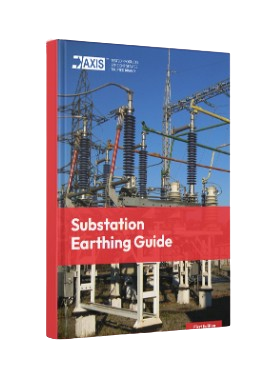Originally, insulators were made from materials like ceramic and glass. But in 1963, a new type, made from polymers, was introduced. However, recent improvements in their design and making have made them popular with power companies and utilities. These insulators have a fiberglass core and are covered with protective parts made of rubbery materials such as silicone, polytetrafluoroethylene, or EPDM. They also have metal parts at both ends for connection. Also, known as composite insulators, they combine at least two different insulating materials, a sturdy core and a protective housing with end fittings.
In this blog, we will deep dive into these insulators, especially 11 & 33 kV.
Why are “polymers” considered insulators?
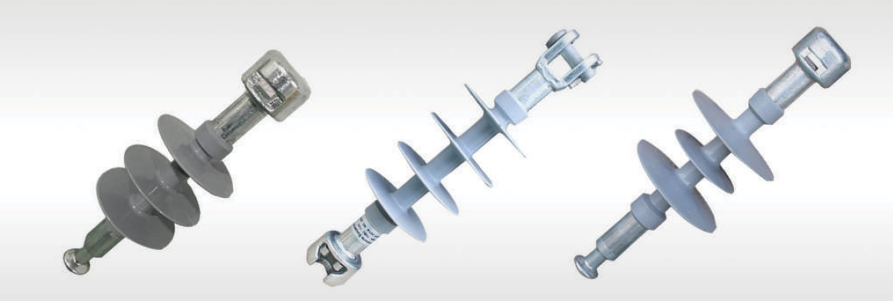
Polymers are considered “insulators” due to their molecular structure, which does not allow for the free flow of electrons. This resistance to electron movement means that electric charges do not easily pass through these materials.
In terms of thermal insulation, the valence electrons in these polymers are tightly bound to their atoms, which prevents them from conducting heat. Additionally, polymers can possess a high dielectric strength, which refers to the ability of a material to withstand electric fields without breaking down. This characteristic makes them excellent at resisting the flow of electric current.
Also, electrical insulators are materials that do the opposite of conductors—they block the flow of electricity. These insulating materials are crucial in the electrical and electronics industries, serving to protect against electric shock and to ensure that electrical circuits operate safely and effectively.
Talk to our engineers!
Applications of Polymer Insulator
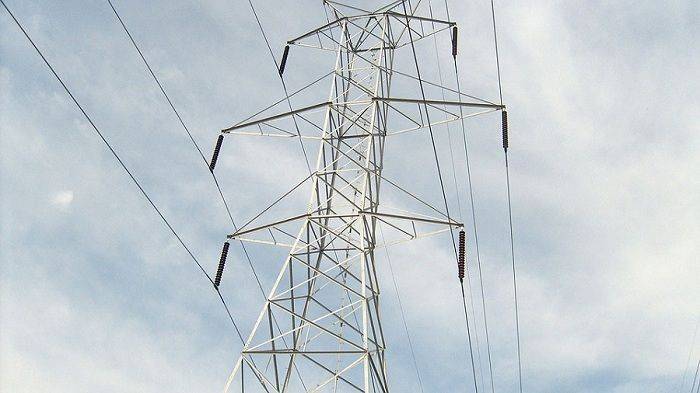
These insulators are chosen for their ability to resist electrical conduction in high-voltage situations, such as in power lines, transformers, and other electrical equipment. These insulators, often made from materials like silicone rubber, polyethylene, or epoxy. Their hydrophobic nature and ability to prevent pollution-related flashovers make them crucial in maintaining the reliability of power grids.
Key characteristics that define polymer insulator can include their low electron mobility and high resistance to electrical flow, which helps minimize the risk of thermal shock.
Let’s look at the materials used for these insulators:
- Plastic (resin)
- Silicone
- Rubber
- Oil
- Glass (in its ceramic form)
- Pure deionized water
These materials are chosen for their high resistance to electrical current, making them ideal for insulating purposes, such as coating copper wires used in various electrical applications, from household appliances to high-voltage power lines.
The effectiveness of electrical conductors depends on the abundance of free electrons available to move freely at room temperature, facilitating electrical flow. Insulators, on the other hand, possess few free electrons, significantly reducing electron movement and thereby resisting electrical flow.
To illustrate this with a familiar material, let’s consider wood. Wood can act as an insulator up to a certain voltage threshold. Beyond that threshold, wood may no longer serve as an effective insulator and can start to conduct electricity.
Composition of Polymer Insulator
1) Fiberglass Core Rod
The fiberglass core rod stands at the center of the polymeric insulator’s design, serving two critical functions. It provides the primary mechanical strength and electrical insulation. This core rod is crafted from thousands of fine glass fibers, known as rovings, which are tightly bound together using an epoxy resin. This composition ensures that the core rod can withstand significant mechanical stresses while effectively insulating electrical currents. The integrity of the fiberglass core rod is important, as it directly effects the insulator’s overall durability and performance.
2) Rubber Housing & Weather Sheds
Surrounding the core rod is the rubber housing, combined with weather sheds, which protects the core from environmental elements such as salt, dirt, dust, and moisture. These components are crucial for maintaining the insulator’s insulating properties over time, preventing degradation that could lead to failure. Over the years, the materials used for the rubber housing have evolved, with silicone, EPDM (ethylene propylene diene monomer), and various alloy materials being the most common. Silicone is particularly valued for its hydrophobic properties, which help to repel water and prevent moisture accumulation on the insulator’s surface, thereby reducing the risk of contamination flashovers.
The combination of these components in a polymeric insulator result in a highly effective insulating device that is lightweight, durable, and capable of performing under a wide range of environmental conditions.
3) End Fittings
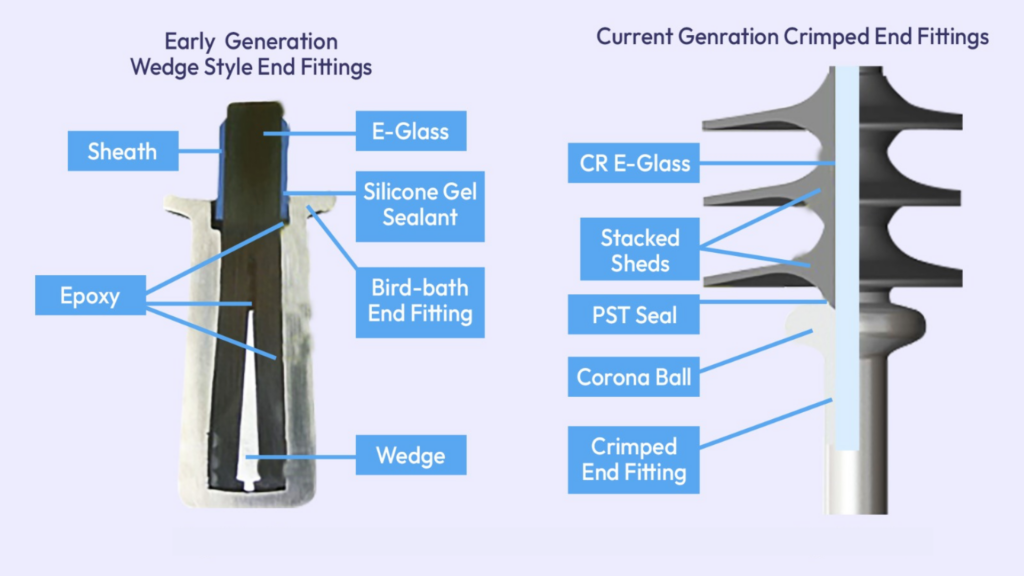
End fittings are metal components of a polymer insulator, connecting it to the surrounding infrastructure. The material and design of these fittings are selected based on the insulator’s specified mechanical load (SML) rating. For higher SML values, steel (either cast or forged) is typically used due to its superior strength, while ductile iron may be chosen for lower SML ratings. To prevent damage from environmental exposure, such as corrosion and rust, both iron and steel fittings receive a protective galvanized coating.
Initially, insulators were produced using a method where end fittings were bonded to the core rod with epoxy. These early designs, referred to as “Wedge Style” featured end fittings shaped like cups to hold the epoxy as it cured.
Despite some of these older models remaining in operation, advancements in technology have shifted the preference towards Compression Technology, resulting in crimped end fittings. This modern technique allows for a more efficient, reliable process, yielding end fittings that are both smaller and lighter without compromising on strength ratings.
Please note, end fittings vary significantly across different polymer insulators, with their connection types being one of the few standardized aspects. The standards typically define several common connection types, including:
- Socket & Ball: This is the most rigorously defined set, with both ANSI and IEC standards providing comprehensive specifications.
- Y-Clevis / Ball: Commonly used in the United States.
- Oval Eye / Oval Eye
- Clevis / Tongue: Another well-defined set, often used in international settings.
- Clevis / Clevis
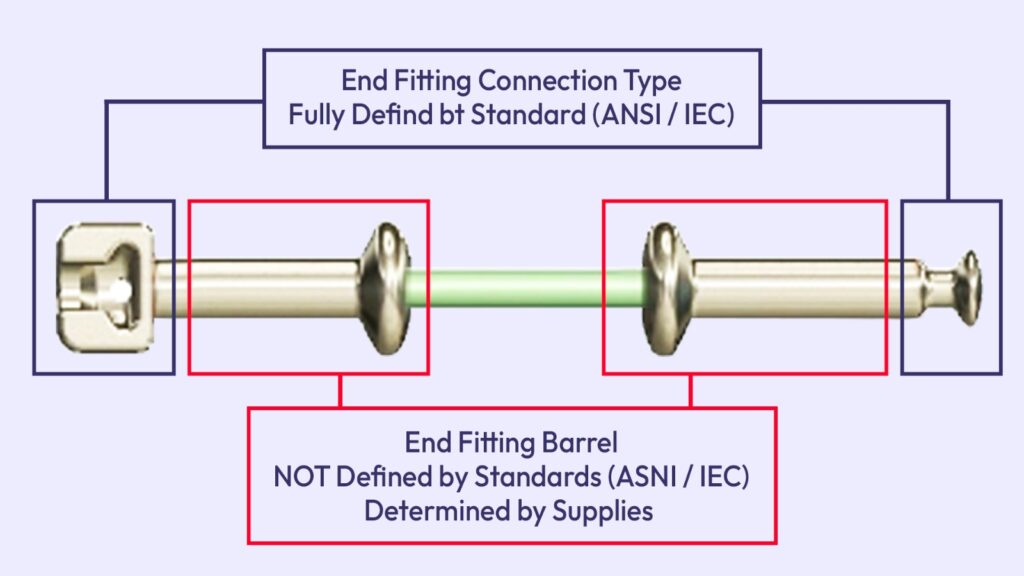
While the designs of these connection ends are largely standardized, at Axis Electricals some aspects, such as the specific dimensions of an end fitting barrel, can be customised as per your requirements. The standards for these connection types, particularly for the socket and ball, are detailed and include “Go & No-go gauges” for precise measurement. Other types, like Clevis / Tongue and Clevis / Clevis, while also well-defined, can be tailored for your international use or to meet your unique specifications, including non-standard SML ratings.
Design & evaluation of Polymer Insulator
Regardless of the assembly method, the critical dimensions that must be considered in the design and evaluation of polymer insulators include:
Dry Arc Distance: The straight-line distance along the insulating surface between the metal fittings at each end of the insulator. This measurement is crucial for determining the insulator’s ability to withstand electrical arcs in dry conditions.
Leakage (Creepage) Distance: The total length of the path along the insulating surface between the metal fittings, which is longer than the dry arc distance due to the undulating shape of the weather sheds. A greater leakage distance improves the insulator’s performance in wet conditions and polluted environments by providing a longer path for potential leakage currents.
Rubber (Insulating) Length: The length of the rubber housing that covers the fiberglass core, which directly impacts the insulator’s overall insulating capabilities.
Section / Connection Length: The length of the sections or the connections between weather sheds, which can affect the insulator’s efficiency in preventing dirt and moisture accumulation, thereby influencing its electrical insulating performance.
These dimensions are fundamental in optimizing the electrical performance of polymer insulators, ensuring they meet the required standards for high voltage electrical applications.
Conclusion
Choosing the right polymer insulator design can be tricky because there are many different materials and options. It’s a good idea to consult our engineers to help you pick the designs that will work best. It’s important for you to have a clear list of what you need, including which materials should be used and the exact size of parts. Knowing all the options for polymer insulator design and how they affect the insulator’s use over time is crucial. This way, you can make sure you are choosing the best insulators from us. Reach out to us at sales@staging.axis-india.com.
Thank you for reading the blog, Axis is a leading manufacturer and supplier of Electrical Components to over 80+ Countries. Talk to our industry expert by visiting our Contact Us section. You can also watch our videos by our experts – click here.






